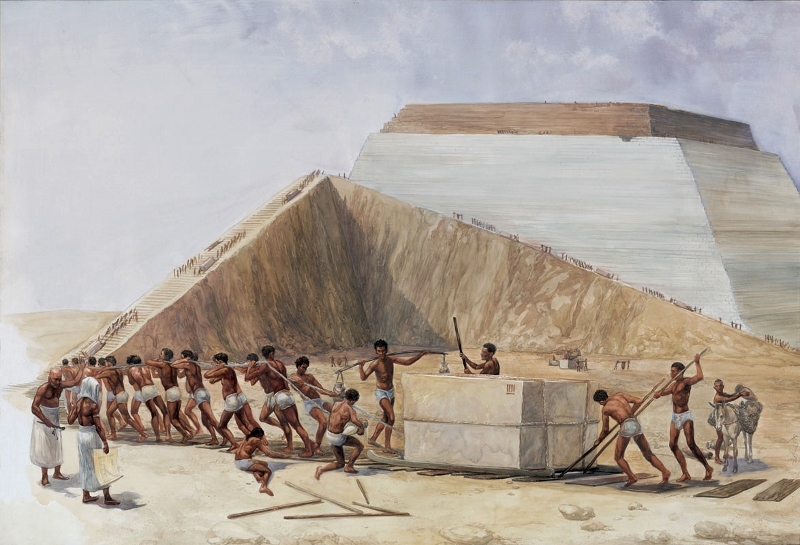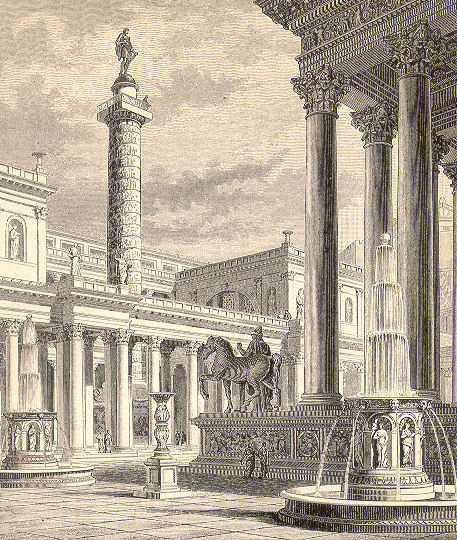The Purpose Behind the Cart Ruts in Malta
If the people residing on the island of Malta created and deliberately shaped these enigmatic ruts, then these channels obviously played a valuable purpose in the lives of these ancient people. However, what exactly that role is have been lost with the passage of time, and experts who have allotted much of their time and a significant portion of their lives to study these cart ruts have yet to universally agree on what their original purpose could be. And because these experts have failed to come into an agreement on this matter, alternative theories have gained popularity in providing more out-of-this-world yet equally-fascinating answers to this mystery.
Theories on the Purpose of Malta’s Cart Ruts
Many different theories have been presented in attempt to provide the most plausible answers to the mysterious questions of when these car ruts on Malta were created, how they were created, and why they were created in the first place.
One of the wildest speculations of what the cart ruts’ intended purpose could be is that the they are the tracks of outer space landing craft. There also those who believe that the scars on Malta’s milestone bedrock might be coded messages to the gods. But a more popular yet also far-fetched theory is that archipelago of Malta is actually an existing part of the legendary lost city of Atlantis.
Of course, there are also other theories that have been presented over the years, which many people find to be a lot easier to consider and believe. One theory is that the cart ruts in Malta were constructed for the purpose of transporting agricultural produce, and that the tracks were designed in such a way that would have allowed cows pulling these carts to get back home on their own.
Australian archaeologist Claudia Sagona from Birmingham University has a different idea on what the ancient channels found in this country are for. Sagona argued that the cart ruts were actually irrigation ditches from the Stone Age. According to her, in ancient times, torrential rains had washed away the island’s topsoil, and so, the farmers of that time had no other choice but to invent new ways of tending to their crops. She suggested that the Maltese farmers carved this network of trenches into the island’s limestone bedrock to channel away and conserve rain water, and to protect the soil.
Another likely purpose of the cart ruts is that they transported stones from ancient quarries across the island. This theory was suggested by archaeologist Anthony Bonanno, and a few of those who conducted a detailed survey of the Clapham Junction agreed that many of the channels found on the Maltese island are associated with the nearby quarries of the time. Transportation of stones from these quarries via the cart ruts found in different parts of the island supposedly made the construction of the ancient temples in Malta possible. This network of tracks is also believed to have been utilized by people for the exportation of quarried stones to Africa.
Though some of these theories are undeniably appealing and quite popular, none of them are completely devoid of flaw in their line of reasoning. And so, until now, there is still no consensus on what the original purpose of the cart ruts on Malta could be, especially since experts supporting one theory have cleverly presented arguments casting doubt on the plausibility of another theory, and vice versa.
For now, there is no doubt that the enigmatic cart ruts found in Malta will continue to remain unsolved in the foreseeable future in terms of its true purpose, the exact means through which they were formed, or the accurate dates of when these tracks were created and how long they were regularly used by the ancient civilization that once lived there.
And while not many are willing to entertain the idea that the cart ruts on Malta are proof that a highly advanced ancient civilization once dominated the area, these ancient networks of parallel trenches and channels are, at the very least, a testament and reminder that perhaps our ancient ancestors are more advanced and enlightened than we give them credit for. Besides, even without insisting its archaeological merits, it remains undeniable that these ancient tracks are truly a fascinating as well as a puzzling sight to behold.






























































